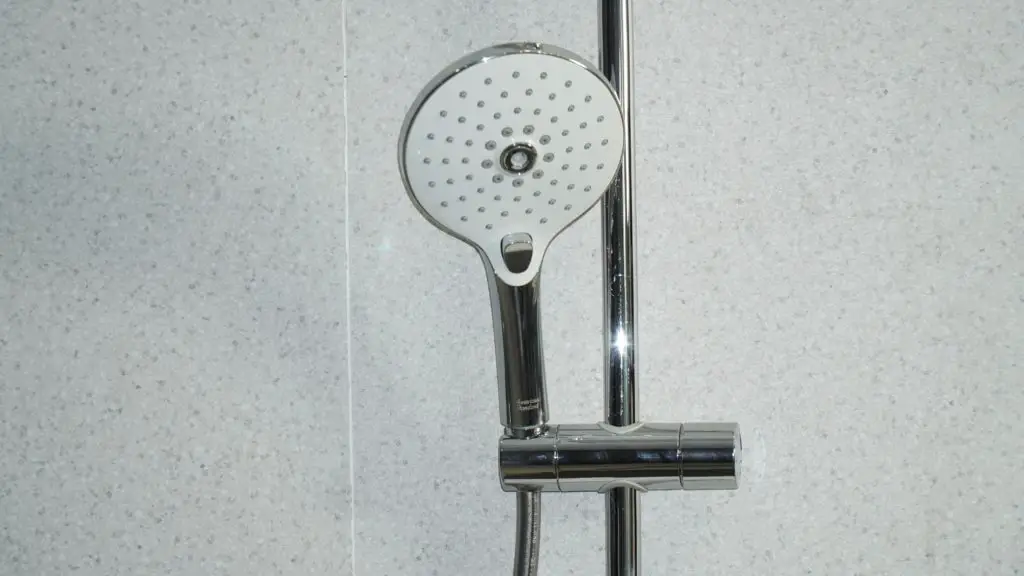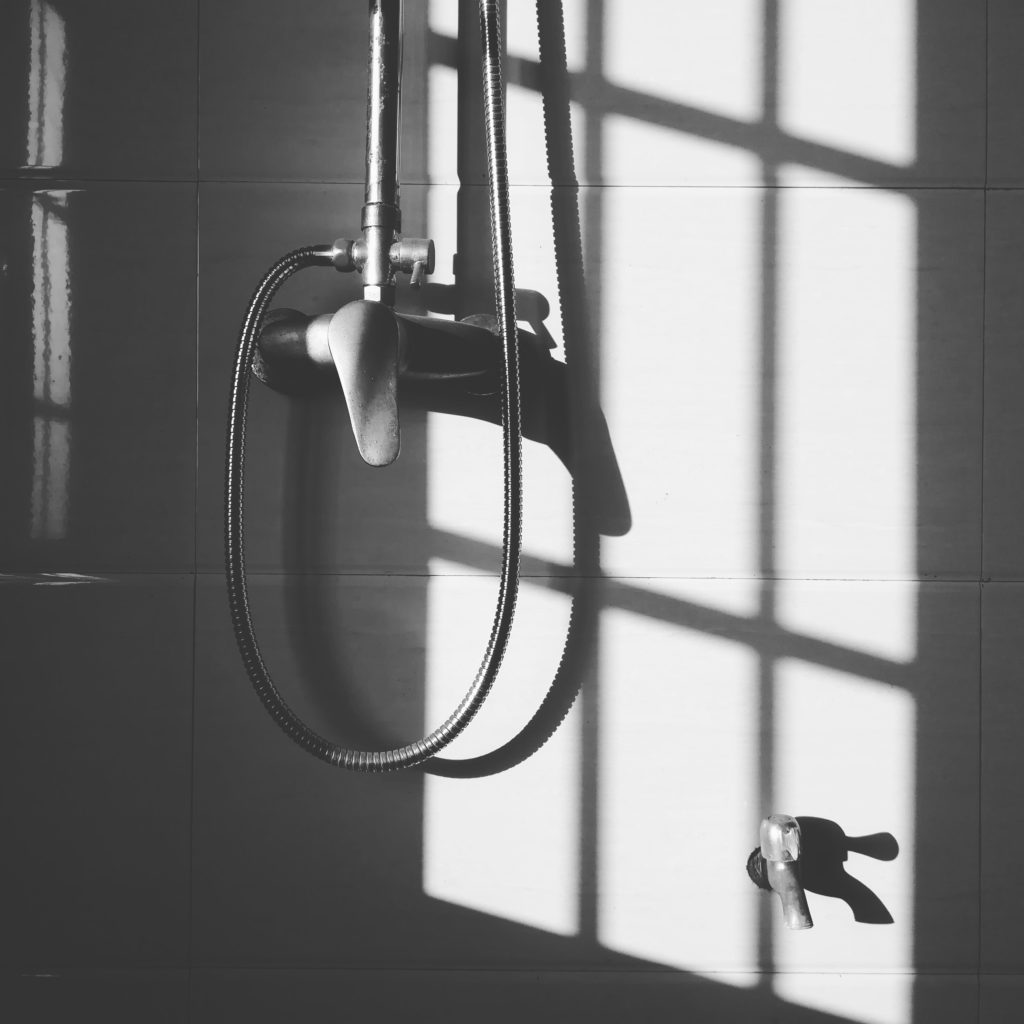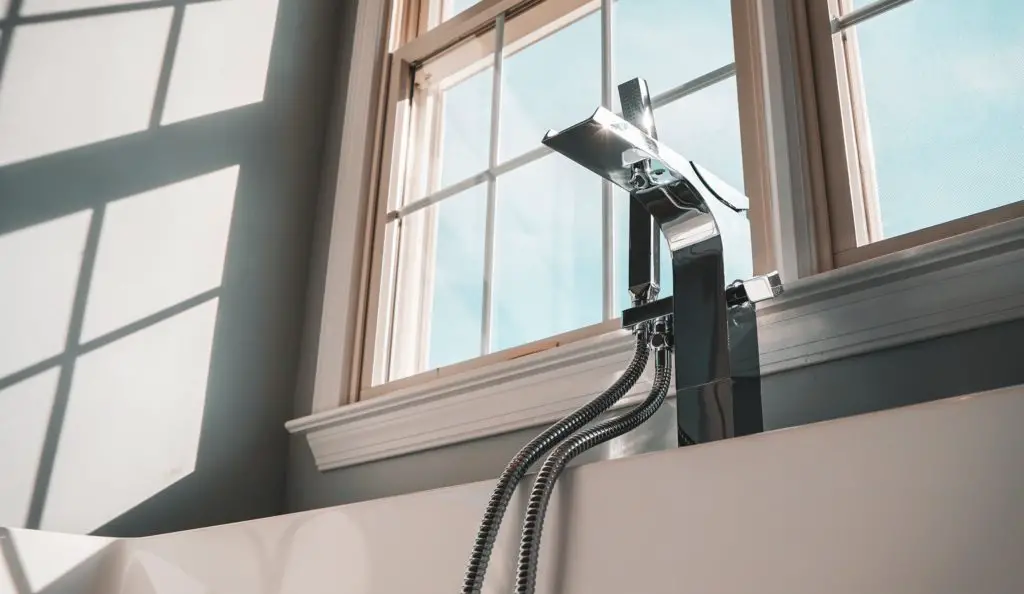How to Fix a Broken Shower Handle Stem
**Articles may contain links that I earn compensation for if clicked and you make a purchase. As an Amazon Associate, I earn from qualifying purchases. These earnings do not actually impact the price of the product or service.
When you turn on your shower valve and see no water coming out, you can assume your shower valve stem is not okay. You can confirm it by removing the handle and examining the notches on the valve stem and the slot.
A faucet is connected to the shower valve stem and handles, and it also maintains the temperature and pressure of the water. Fixing a shower valve or tub faucet isn’t hard. The whole process will depend on the intensity of the issue.
Let’s see how we can fix a broken shower valve stem.

How to Fix a Broken Shower Handle Stem
-
Detach the Shower Handle
Before starting the process, cut off the water from the fixture and open the tap until water stops coming. You would need a hex wrench to detach the handle from the shower valve. While holding the escutcheon, unfasten the screws and take them out.
-
Detach the Retaining Clip
Search for a chrome sleeve and remove it by unfastening screws. Now remove the retaining clip that’s attached to the shower cartridge using a small screwdriver.
-
Disconnect the Shower Cartridge
Pliers can detach many cartridges. However, some require a cartridge-pulling wrench, which can be found at a hardware store.
If your bathroom has a tapered shower cartridge, take note of its orientation before detaching it so you can install it similarly. If you, by mistake, alter the hot and cold settings after putting it back, rotate it 180 degrees.
-
Change O-Rings
Check the cartridge. If you find mineral buildup, soak it in vinegar to clean it.
However, if the cartridge seems fine, simply replace O-rings or other shabby parts. Cover the O-rings with silicone grease before reattaching.
-
Attach the New Cartridge
Install the new cartridge in the valve body in the same manner. Fix the retaining clip and change the handle.
If the faucet doesn’t have an anti-scald valve, change the standard cartridge and fix the new anti-scald cartridge. Since the scalding water can have harmful effects, plumbing codes need a new shower or tub faucet to control the flow of boiling water.
 How Can I Tell if My Shower Valve Is Bad?
How Can I Tell if My Shower Valve Is Bad?
Here are some signs your shower valve is bad:
-
It Is Hard Turning Your Shower Handle
Do you feel resistance while turning your shower on or off? This could be a prominent sign that your valve is faulty because of corrosion.
-
Sudden Temperature Alterations
Many people have their shower temperature perfectly set. So, it doesn’t go unnoticed whenever it is altered even a bit. It happens due to lime buildup in the shower valve.
This confirms that you need to replace your shower valve.
-
Reduced Water Pressure
Reduced water pressure or overall pressure loss can be a good sign that you need a plumber to help with the change in water temperature. This may be due to clogged holes or depreciation in the internal valves.
-
Leakage of Shower Head
Dripping or leaking of the shower head can tell if your shower valve doesn’t have a seal. A leaking shower is a significant issue that may lead to the destruction of your bathroom.
How to Install Different Handle Faucets?
-
Two-Handle Faucet
Two-handle faucets use threaded handles and rubber seals to function as water lines. Changing the shower handle is the best way to fix a malfunction. However, you can also replace hardware like O-rings and seals.
- Extract out the index cap from the handle to remove the handle screws. Rotate the screws and pull them out.
You can also use a handle puller if necessary. Buy the handle puller from the hardware store.
- To rotate the stem clockwise, you may use pliers.
- Unfasten the screw from the end of the stem and place the new washer. Make sure to get a perfect match for the washer covered with petroleum jelly.
- Repeat the same process with O-ring and coat it with petroleum jelly.
- Fix the new stem along with handle hardware.
- Put back the bonnet nut and handles.
-
Three-Handle and Diverter Faucets
Three handle faucets can be of two types: diverter stems and temperature stems.
Diverter Stems
A wall diverter is the third handle on the three handle faucets. Changing the faulty diverter valve can resolve your issue.
- Detach the cap as well as the handle. You might see the sleeve. Take it out carefully.
- Extract out the old valve using a socket wrench.
- Use Teflon tape on the new valve’s threads while leaving some threads.
- Place in the new diverter and rotate it after it’s tight but make sure not to force it.
- To test the water release, turn on the tap using the handle. This is when you check the insides using a flashlight and ensure no leakage.
- Reattach the diverter handle.
Temperature Stems
You can fix the temperature stem in the same manner as the two-handle faucet.
- To unfasten the handle screws, take out the index cap. Rotate the screws and pull. You may also use a handle puller.
You can search handle puller in a hardware store.
- Carefully rotate the stem using pliers or a deep socket wrench.
- Cover the base of the stem with Teflon tape and fix it.
- Change the handle hardware as required.

Can I Use Glue on the Shower Handle?
You can use marine-grade epoxy to glue back your broken shower knob. This glue can keep the knob in place and is water-resistant.
However, this temporary solution may lose its effect soon enough. It is best to change the entire hardware.
Conclusion
It must be frustrating to enter your bathroom to take a quick shower but not see any water coming out. Not to worry; you can easily replace your broken shower handle stem on your own by using our guide. However, if you still face issues with your shower handle stem, you might need to call a professional plumber.


